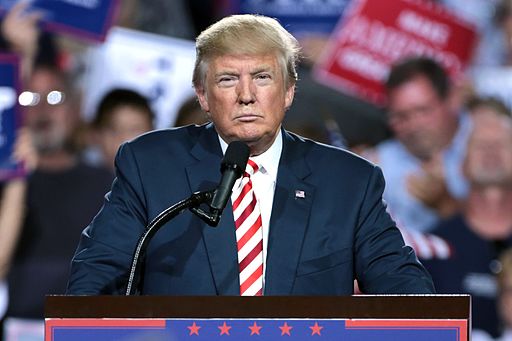Impact of Retirement Benefits Possibly Reduced

OPM’s proposed legislation cuts of federal retirement plans for former and current Federal employees that includes plans to eliminate Federal Employees’ Retirement System supplements who retire at the age of 62 before Social Security starts. The legislation revises a retiree’s FERS Annuity payments from highest salary of three years to highest salary of five years. Usually, the highest salary on the pay scale for 36 consecutive months is the last three years of service or could be earlier depending on the individual. An increase of FERS Annuity calculation to 60 months will slightly reduce the FERS pension. This reduction affects the retiree’s consumption expenditure that might create the need to withdraw funds from Thrift Saving Plan (TSP) to make up the change. Even though this legislation adversely affects many employees’ retirement plans, the argument in favor of the proposed legislation has been that $143.5 billion is saved from taxpayer’s money and the proposed bill is more at par with private sector’s retirement benefits, though notably, those benefits are continually experiencing a downward shift.
The employee deduction rate for the Federal Employee Retirement System (FERS) has been increased with a rate of one percentage point until they reach 7.25 percentage point of the pay scale. This stance has a mild to negligible impact on civil service retirement plans (CSRS), but employees might have to contribute substantially more than they previously did. However, TSP Funds is affected as employees have less take-home money and decrease their TSP contributions. In the process, employees may lose their FERS TSP match due to lower TSP contribution.
Eliminating Cost of Living Adjustments (FERS COLA) impacts many retirement plans. Over time inflationary pressures erode investment savings and retirement savings; an absence of Cost of Living Adjustment undermines the standard of living for any individual. Long-term payment for the retirees will be significantly lower compared to the rapid increase in the cost of living as pay would be frozen since the beginning of the plan. But the short-term effect on FERS fees would be insignificant. Retirees’ are required to properly do their financial planning since the risk of excess expenditure against insufficient savings is higher after the proposed legislative changes.
Federal Employee Health Benefits (FEHB) can be categorized by a wide range of health insurance services for the federal employees, a significant portion of which is borne by the government and a relatively smaller proportion by the employees themselves. Federal Employee Health Benefits (FEHB) share of the cost is unaffected by the OPM’s proposed legislation, but in case of certain unmet performance criteria, the share of cost for FEHB may slightly increase for the Federal employees.
Although the OPM proposed legislative changes mostly negatively impact federal employees, they still may be able to turn it around through enough retirement plan knowledge, planning framework and an action strategy devised in terms with the planning framework. There are 7 FERS benefit at the disposal of the federal employees who should get a sound grip on how these benefits work and utilize the benefits offered by the government to maximize their retirement outcome.
As a federal employee, you need to ensure that you take all these modifications into consideration and still make the most out of your retirement plans, providing a secure future for you and your family.








